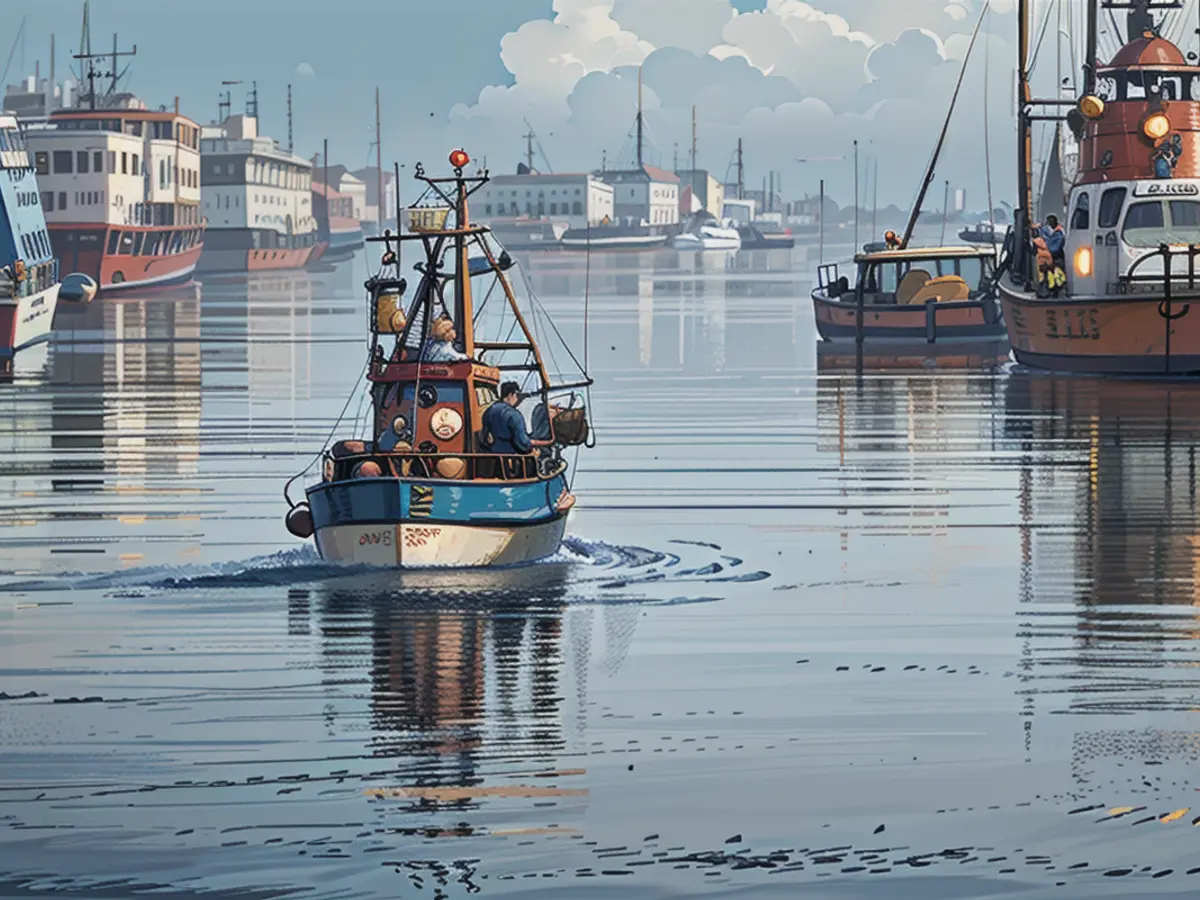The Baltic Sea poses challenges for the fishing industry.
Recent studies indicate a transformation occurring within the Baltic Sea. The productivity and yield capabilities of the ecosystem are evolving, yet the fishing restrictions implemented three years ago have resulted in minimal changes to fish stocks.
As reported by the German Fisheries Association in Hamburg, no respite is in sight for Baltic Sea fishermen despite a fishing ban that has been ongoing for three years. Thecod stocks and the herring in the western portion of the sea, as per the advice of the International Council for the Exploration of the Sea (ICES), remain unchanged. However, the herring in the central Baltic Sea could potentially double its catch capacity.
The situation continues to be grim for eastern Baltic Sea cod, as the reproduction appears to be recovering yet it still falls short of the suggested reference level. Consequently, a zero catch quota persits. For western Baltic Sea cod, the ICES-recommended catch limit is maintained at 24 tons.
The sprat's reproduction has proven challenging: the last three juvenile generations are characterized as being underwhelming, reports the association. As a result, the ICES proposes a 33% cutback in the following year's catch quota.
In contrast, the flounder population in the Baltic Sea is seemingly improving, prompting the ICES to suggest a 178% increase in the overall catch of flounder. However, due to the threat of capturing cod, it's anticipated this augmentation will fail to materialize.
A representative for the association commented on the recommendations, stating, "Seems like a system shift has been in progress in the Baltic Sea for roughly 20 years, altering the productivity and subsequently the yield capacity of this unique hydrographic ecosystem. After three years of fishing discontinuation, one could infer that fishing has a negligible impact on the overall trajectory of these stocks."
The ICES conducts that the Baltic Sea is particularly prone to human-derived nutrient input, typically phosphorus and nitrogen, stemming primarily from agriculture. This influx drives plant growth and sometimes compromises the oxygen levels in the water. Furthermore, climate change intensifies the region's woes.
Read also:
Despite the ongoing fishing ban and the system shift in the Baltic Sea, the problem of overfishing persists for some fish species, such as the eastern Baltic Sea cod, which still requires a zero catch quota. Furthermore, the potential decrease in the sprat's catch quota is a result of challenging reproduction patterns in recent years.








